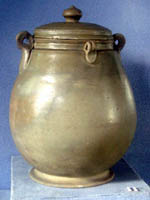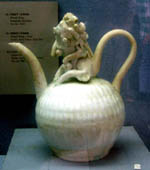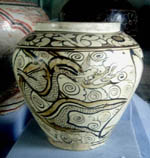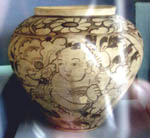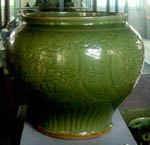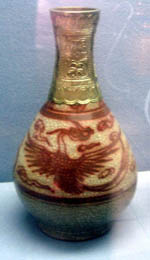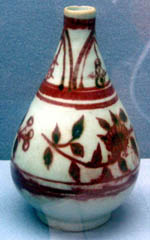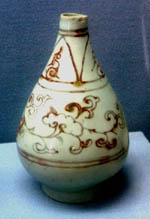CHINESE CERAMICS IN THE INDONESIA MUSEUM NASIONAL IN JAKARTA
The earliest records of Chinese contact with the Southeast Asian region was during the Han Dynasty. Indonesia with its rich supply of rare commodities was one of the major trading partners of the ancient chinese. The presence of large amount of ancient Chinese porcelains in Indonesia bear testimony to the existence of the trade and cultural exchange. The Chinese traded them for spices, aromatic and other exotic products, such as kingfisher feather, rhinoceros horns and pearls and etc, from the region. In Southeast Asia including Indonesia, Chinese porcelains were highly treasured and being kept as family heirlooms and used as funerary objects, many of which have been excavated and could be found in museums and private collections.
The Museum Nasional of Indonesia has a great collection of Chinese ceramics especially of those from Tang to Ming Dynasty. I have selectively photographed a number of them during my recent visit. They are truly artifacts of high aesthetic beauty and speak for themselves why they are treasured by international collectors.
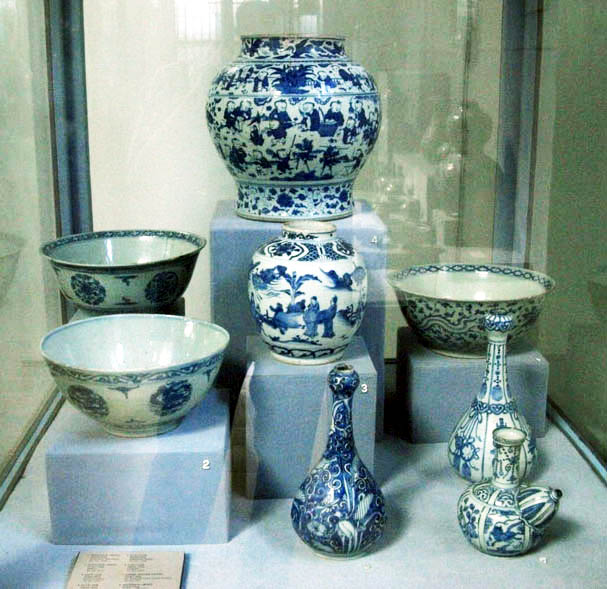
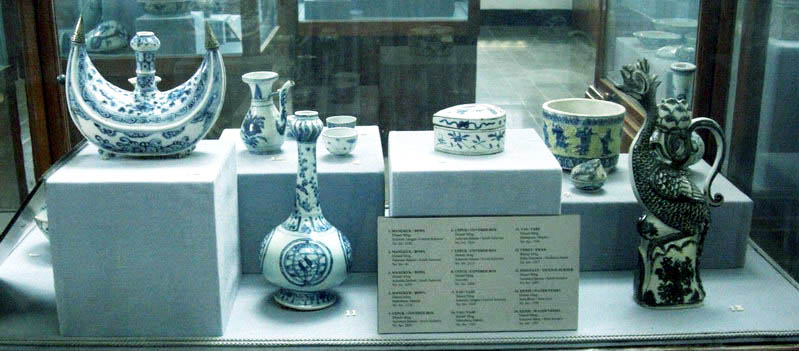
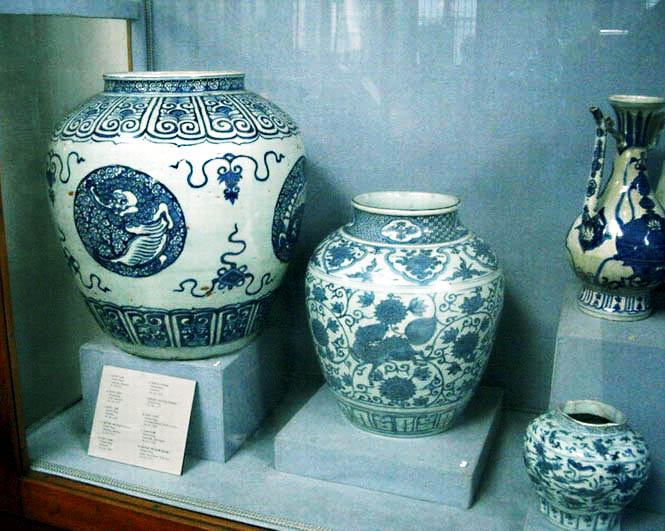
Click picture to view larger photo
